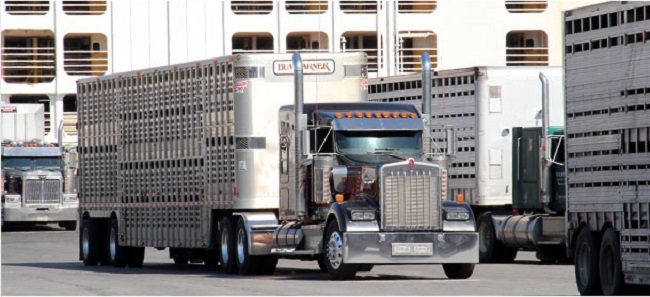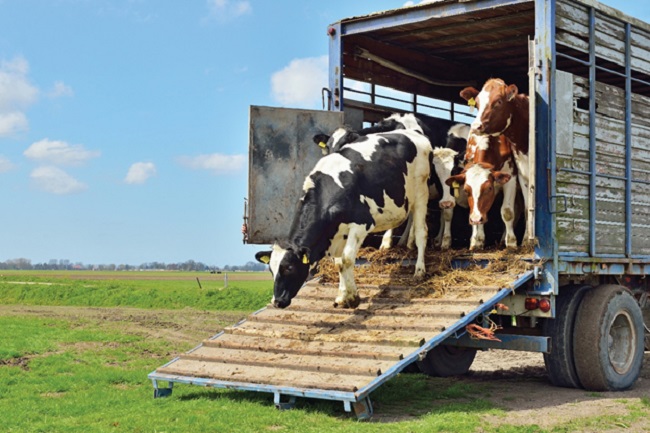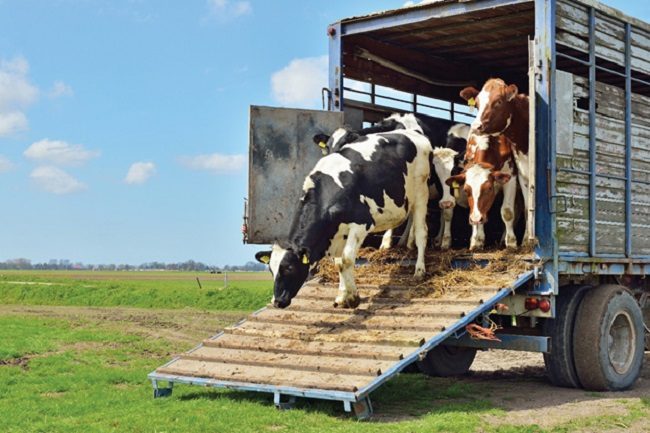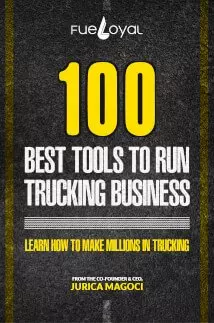When livestock is subjected to unusual conditions, including livestock hauling, it is the moral responsibility of the truck driver and the trucking company to take care of the livestock. That is to say to take care of their welfare.
Moreover, the best trucking companies specializing in livestock hauling care for the animals not to suffer unnecessary stress, discomfort, or injury.
Livestock hauling itself can be stressful, but if properly managed it can be performed without any additional animal stress or injury.

Yet, livestock hauling can be performed more efficiently if livestock truck drivers adopt the following points:
- They should prepare the livestock adequately before the transportation process;
- Livestock should be competently selected;
- Correct handling of livestock should be performed all times with the aid of well-designed and maintained facilities;
- Livestock hauling should be planned to ensure prompt delivery of livestock and undertake appropriate timing of pickup and delivery;
Thereupon, by using recommended techniques and facilities, as well as by taking measures to eliminate the pain and accidental injury, livestock truck drivers can perform efficient and quiet handling of livestock.







